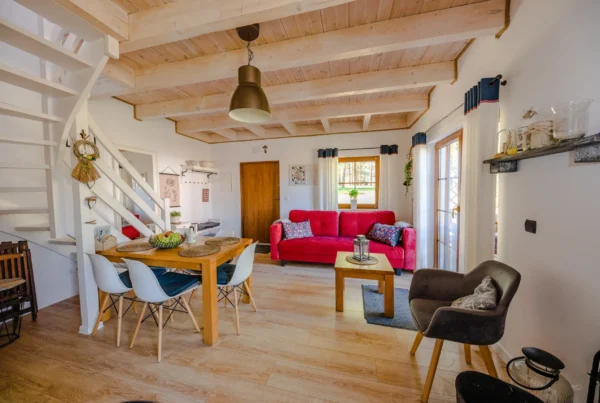To MPZP or not to MPZP: that’s the first question
MPZP is an acronym for “Miejscowy Plan Zagospodarowania Przestrzennego” in Poland, which translates to “Local Spatial Development Plan” in English. It is a thorough document defining the rules and principles for land use and development in a specific area, typically at the municipal or city level.
The MPZP includes information on authorized land uses, building density, infrastructural needs, and other elements that influence the spatial organization of the community. Developers and property owners frequently consult the MPZP when planning construction projects to ensure that they comply with local zoning restrictions.
In Poland, acquiring a building permission usually entails following local spatial planning requirements, such as the MPZP. If there is no MPZP for a certain area, you can refer to the “Miejscowy Plan Zagospodarowania Przestrzennego Uzupelniający” (MPZPU), which translates to “Supplementary Local Spatial Development Plan.”
The MPZPU is employed when there is no comprehensive MPZP or when the existing MPZP is insufficient for the intended development. It includes supplementary recommendations and rules to cover gaps in the absence of a full MPZP. If neither an MPZP nor an MPZPU are in existence, obtaining a building permit may be more difficult, and you may need to collaborate with local authorities to negotiate the regulatory procedure. In such cases, consulting with municipal planning authorities or professionals who are aware with the local legislation is critical.
WZ: Warunki Zabudowy
In the context of getting a building permit in Poland, “WZ” refers for “Warunki Zabudowy,” which means “Building Conditions” in English. The “Warunki Zabudowy” paper specifies the rules and standards for development on a particular plot of land. It describes factors such as building height, land use, density, and other zoning rules.
No building permit without a WZ
Before filing for a building permit, you may need to get a “WZ” decision from your local authorities. This document sets the terms under which you may proceed with the construction or development project. It is a necessary stage in the permitting process to ensure that your designs comply with local zoning restrictions and guidelines.
The primary distinction between MPZP (Miejscowy Plan Zagospodarowania Przestrzennego) and WZ (Warunki Zabudowy) when it comes to acquiring a building permit in Poland is their scope and purpose.
MPZP (Local Spatial Development Plan)
Scope: A comprehensive spatial planning document for a given area (municipality or city).
Purpose: Outlines specific legislation, land use designations, and development recommendations for the entire area.
It is a more comprehensive and overarching design that addresses several areas of spatial organization.
WZ (Building Conditions – Warunki Zabudowy)
Scope: Specific conditions for a specific plot of land in a designated area covered by an MPZP.
Purpose: Defines the specific criteria for construction on a certain site, such as building height, land use, density, and other zoning rules. It is more site-specific and may be required in the absence or incompleteness of an MPZP.
In summary, while MPZP provides a broader framework for spatial development throughout an entire area, WZ concentrates on the precise circumstances for building on a small plot of land inside that locality.
The time it takes to get an MPZP or a WZ in Poland might vary greatly based on a variety of circumstances. The procedure usually consists of multiple steps, including public consultations, assessments, and approvals.
The shortcut to start your real estate development in Poland with us
There is also a way to avoid having to go through this administrative ordeal yourself: invest in project land WITH subdivision and building permits. You save a lot of money, energy and time and can quickly focus on what you really want to do, which is realizing your project in Poland.
Contact us for more information about investing in ready-to-build project land.





